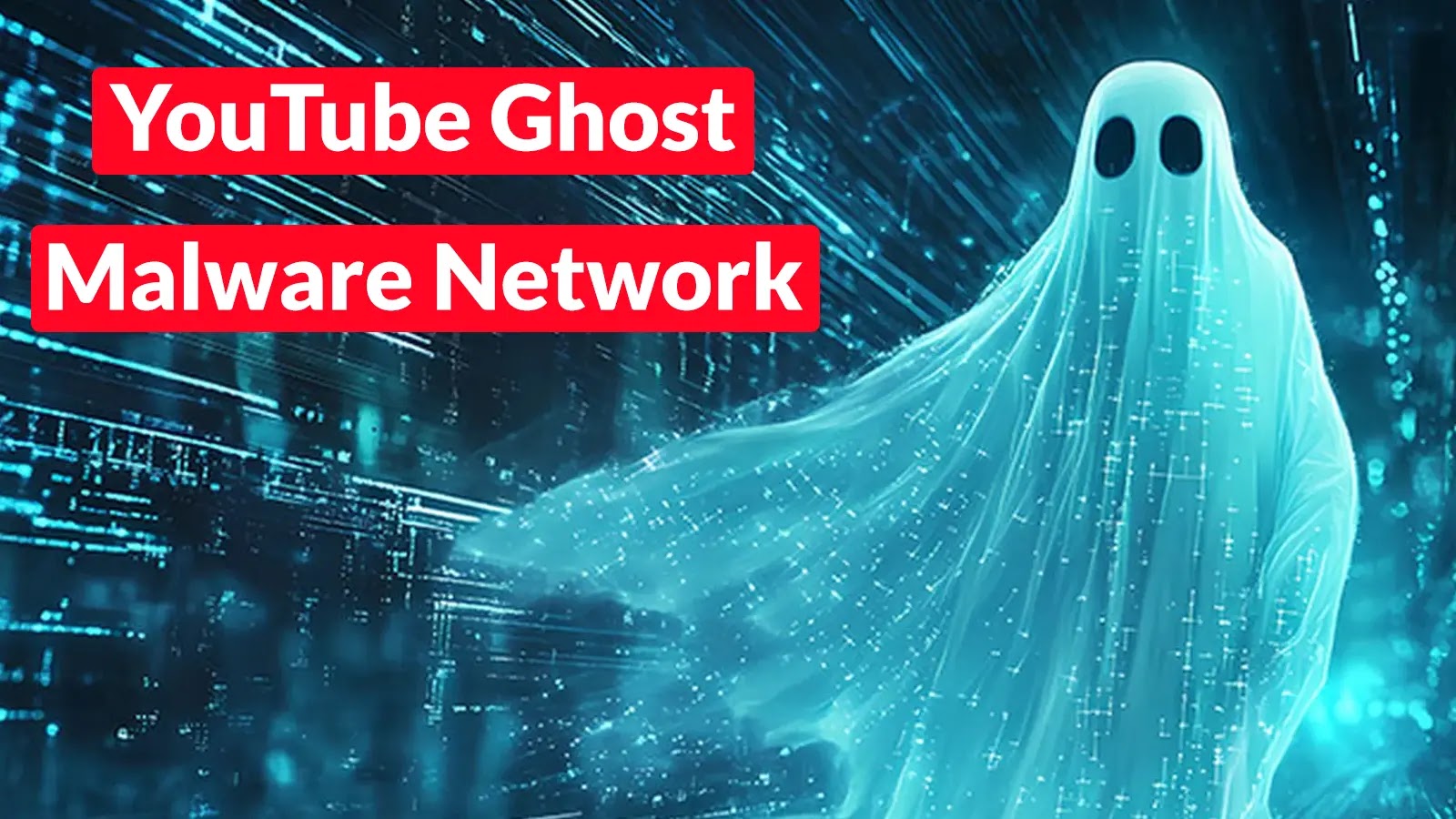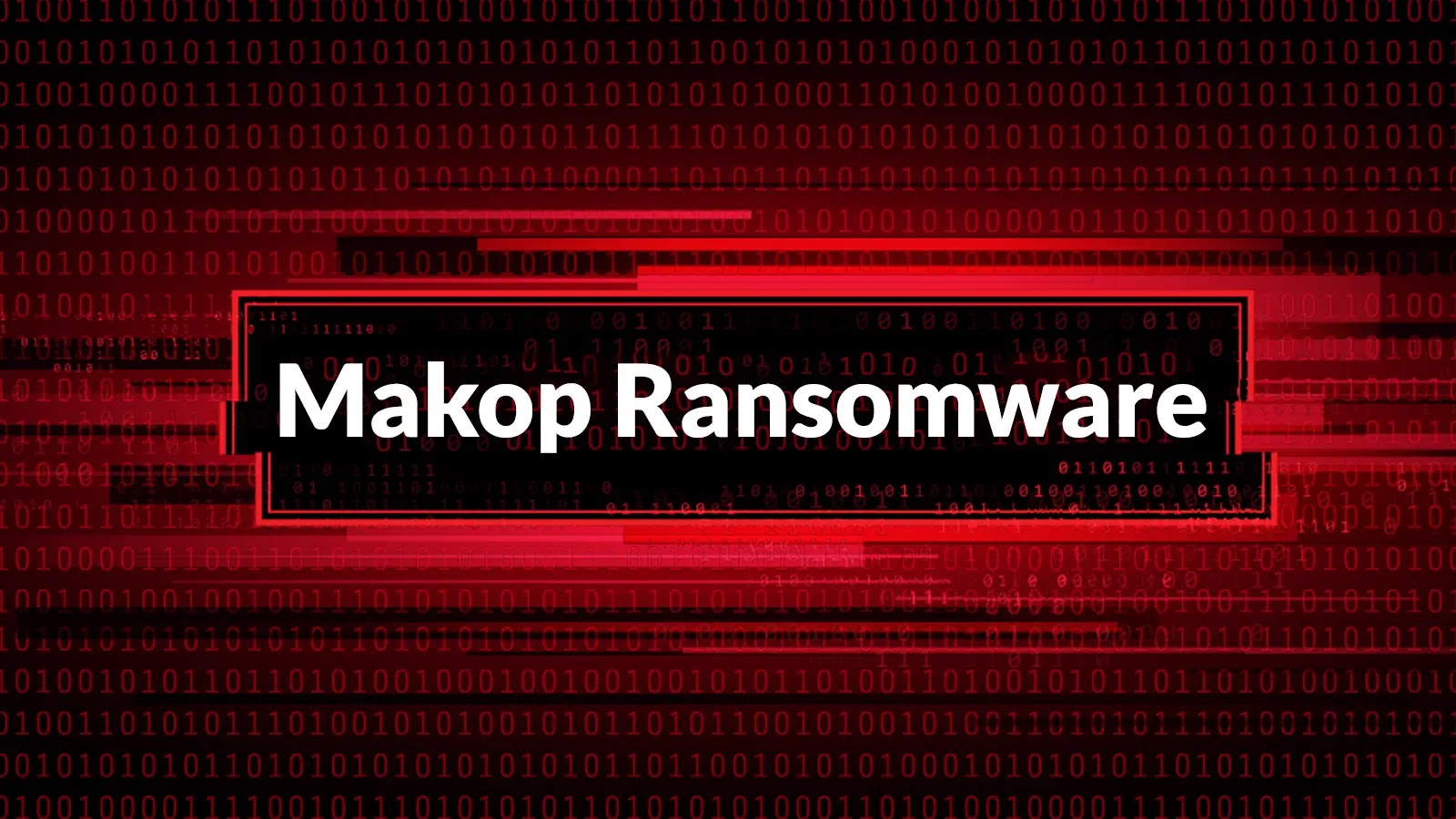In recent developments, cybersecurity experts have uncovered a highly organized malware distribution campaign, dubbed the YouTube Ghost Network, which leverages over 3,000 malicious videos to target users seeking pirated software and game cheats. This network exploits YouTube’s platform features to disseminate information-stealing malware, creating a facade of trust through fabricated engagement.
Escalation of Malicious Activities
Active since 2021, the YouTube Ghost Network has significantly intensified its operations in 2025, tripling the production of malicious videos compared to previous years. The campaign primarily focuses on two high-traffic categories: game modifications and cracked software applications. Notably, a malicious video advertising Adobe Photoshop has amassed 293,000 views and 54 comments, while another promoting FL Studio reached 147,000 views.
Operational Structure of the Network
Researchers at Check Point have identified a coordinated operational structure within the network, comprising three distinct account roles:
1. Video-Accounts: These accounts upload deceptive content with download links embedded in descriptions or pinned comments.
2. Post-Accounts: Responsible for maintaining community messages containing external links and archive passwords, these accounts frequently update information to evade detection.
3. Interact-Accounts: These accounts generate artificial legitimacy by posting encouraging comments and likes, manipulating victims into believing the software functions as advertised.
Malware Distribution and Evolution
The primary malware distributed through this network consists of information stealers. Initially, the Lumma Stealer dominated until its disruption between March and May 2025. Following this takedown, threat actors shifted to Rhadamanthys as their preferred payload. The latest Rhadamanthys variant (v0.9.2) communicates with command-and-control servers, exfiltrating credentials and sensitive user data.
Sophisticated Evasion Techniques
The campaign employs multiple layers of evasion to bypass security measures and maintain persistence:
– Hosting on Legitimate Platforms: Attackers host files on trusted platforms such as MediaFire, Dropbox, and Google Drive, exploiting user trust in these services.
– Large Archive Files: Archives exceeding 189MB prevent automated virus scanning on Google Drive, while password protection blocks security solutions from analyzing contents.
– Shortened URLs and Phishing Pages: Shortened URLs conceal true destinations, and phishing pages hosted on Google Sites further legitimize the operation.
The malware infrastructure demonstrates rapid adaptability, with actors updating payloads every three to four days and rotating command-and-control servers with each release. MSI installer files exhibit low detection rates, with recent samples evading 57 of 63 security vendors on VirusTotal.
Continuous Operation and Adaptation
Campaign updates maintain timestamps indicating continuous operation, with recent variants compiled on September 21 and 24. One analyzed archive contained HijackLoader as the initial payload, subsequently delivering Rhadamanthys with communication to command-and-control servers. This short-lived build strategy prevents reputation-based blocking mechanisms from accumulating sufficient data to identify threats.
Implications and Recommendations
The YouTube Ghost Network’s sophisticated approach underscores the evolving nature of cyber threats and the importance of vigilance among users. To mitigate risks, users are advised to:
– Avoid Downloading Pirated Software: Refrain from downloading cracked software or game cheats, as they are common vectors for malware distribution.
– Verify Sources: Ensure that download links originate from reputable and official sources.
– Maintain Updated Security Software: Keep antivirus and anti-malware software up to date to detect and prevent infections.
– Exercise Caution with Download Instructions: Be wary of instructions that suggest disabling security features like Windows Defender, as this is a common tactic used by attackers.
By adopting these practices, users can better protect themselves against the sophisticated tactics employed by the YouTube Ghost Network and similar cyber threats.



